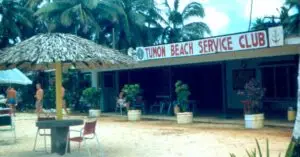
The Fight to Keep Tumon Public
Tumon Bay has a lengthy history and special significance for the CHamoru people whose ancestors lived and thrived in Tomhom (Tumon) area for millennia, establishing

Tumon Bay has a lengthy history and special significance for the CHamoru people whose ancestors lived and thrived in Tomhom (Tumon) area for millennia, establishing
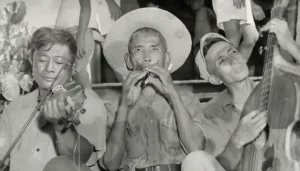
Ditty urged the Americans to return. I used to listen lo my auntie’s stories about the invasion, occupation, liberation and other things concerning the Japanese
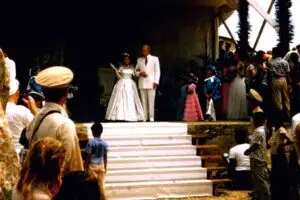
History of Liberation Queen Competition. While there were Liberation Day commemorations since 1945 the first Liberation Day queen contest wasn’t held until 1948. Beatrice Blas
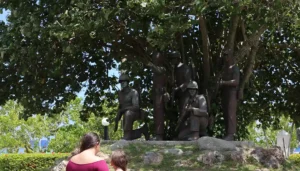
CHagui’an Memorial, Yigo. The CHagui’an Memorial site, on the north-central plateau of Guam, is where the largest known single act of violence on Guam occurred,
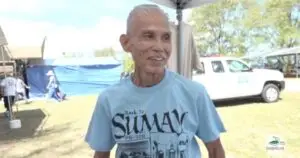
Photos from the Back to Sumai event by Edward B. San Nicolas, US Navy Base Guam’s Joint Region Marianas Public Affairs Office, and Guampedia.
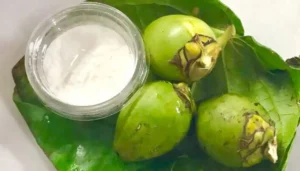
Betel nut use. Areca (Betel) nut is the seed of the palm known scientifically as Areca catechu. Betel nut is the fourth most widely used
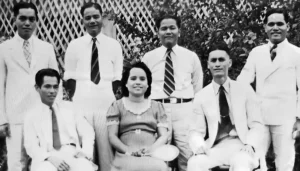
Guam Teachers’ Association called for collections to begin for a Guam Museum. In 1925 a group of CHamoru teachers in Guam, led by Ramon M.
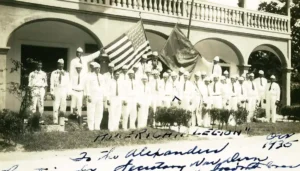
The American Legion is a federally chartered veterans organization that supports veterans’ issues and engages in other community projects. The American Legion Mid-Pacific Post No.

The Guam Historical Club was a small group of people interested in Guam history in the 1950s and 1960s. Led by Paul Souder and Agueda
Project Contributors. Toni “Malia” Ramirez, Antonia Degracia Castro, and Pale’ Eric Forbes, OFM Cap..